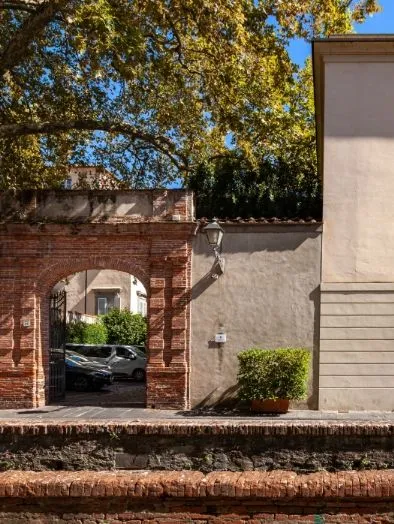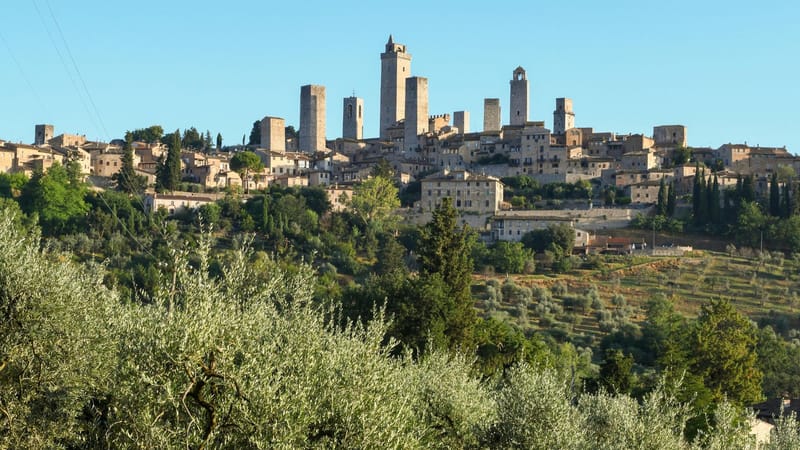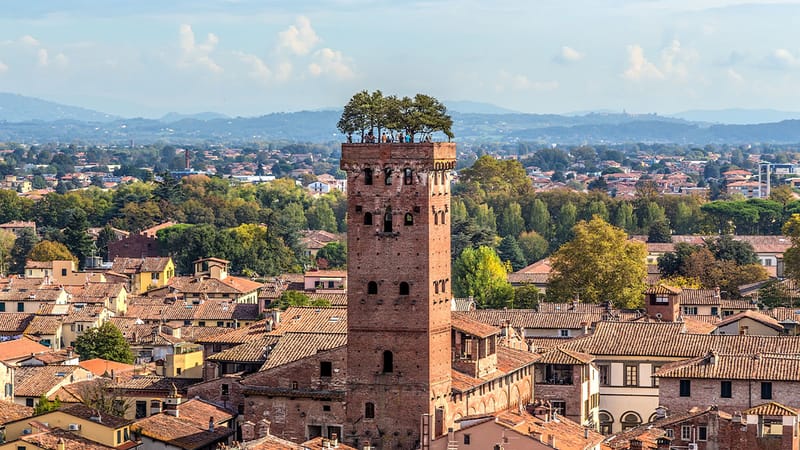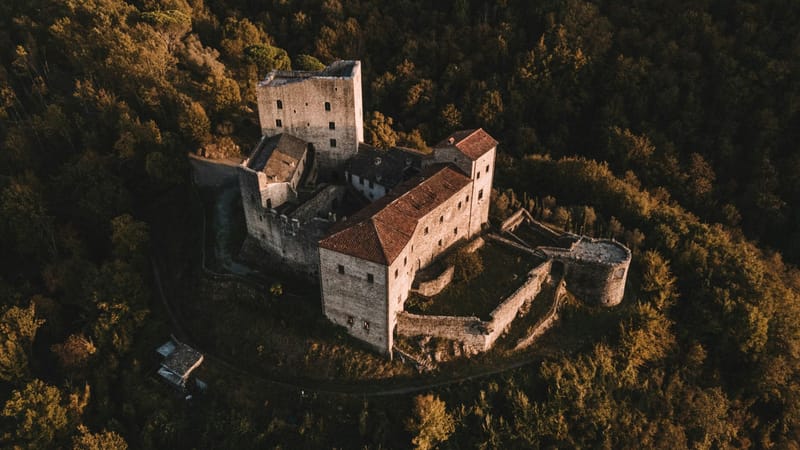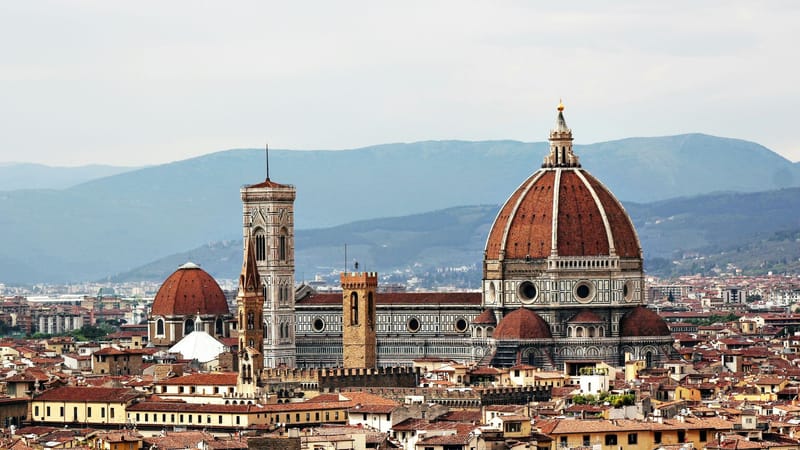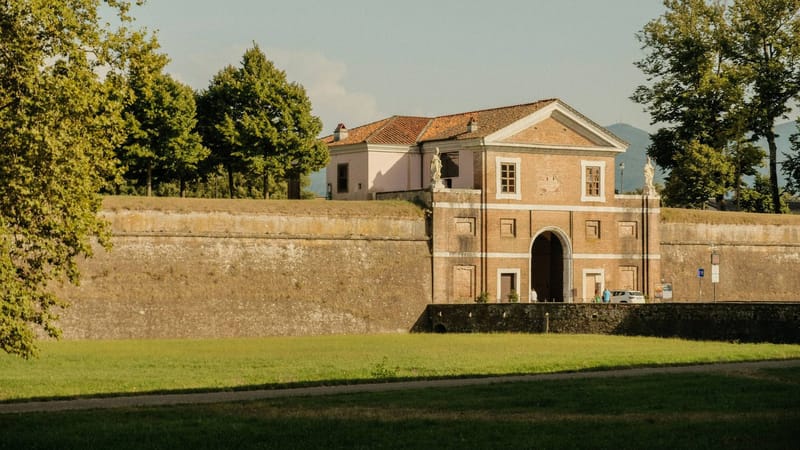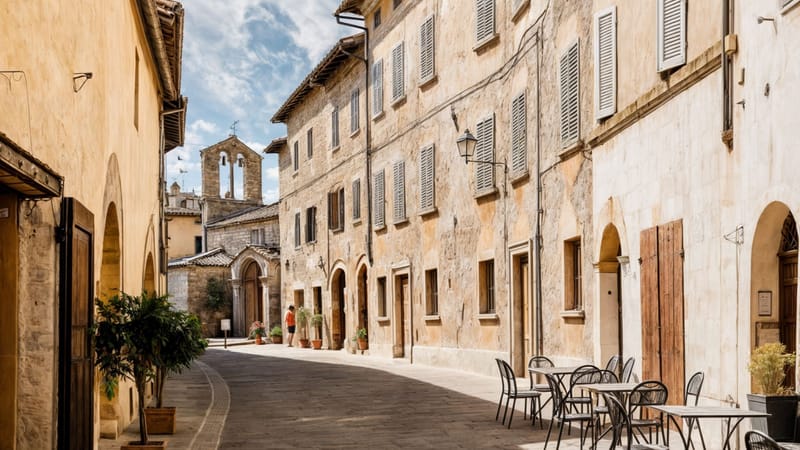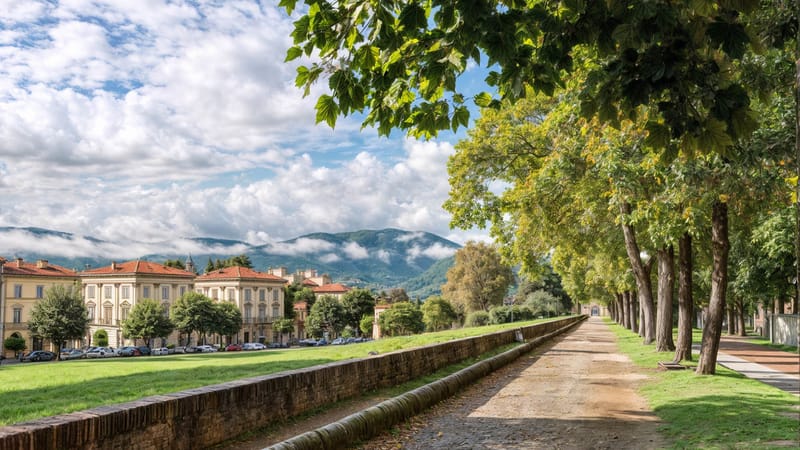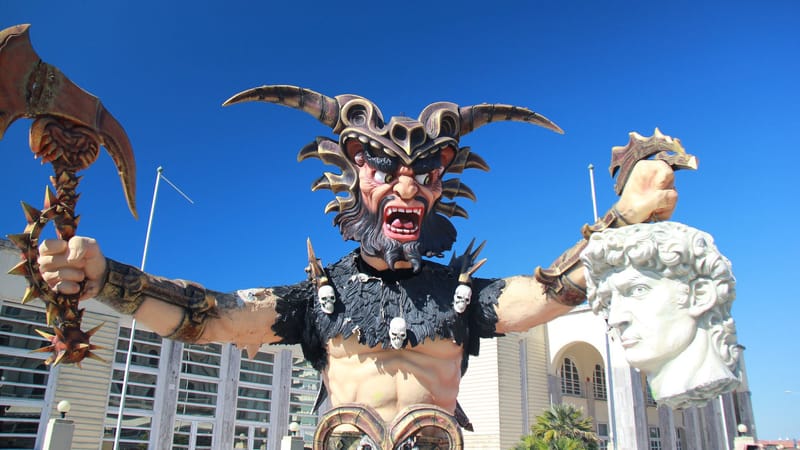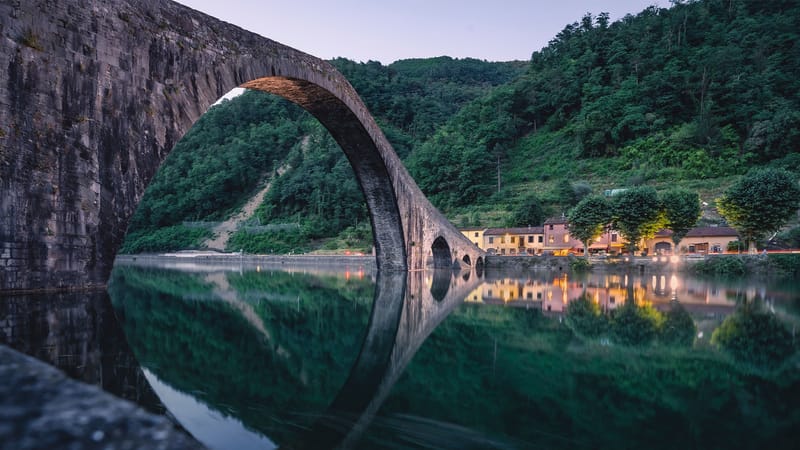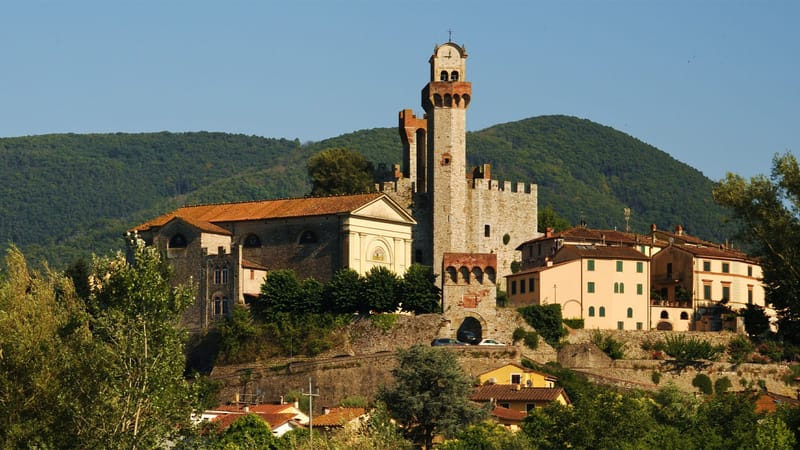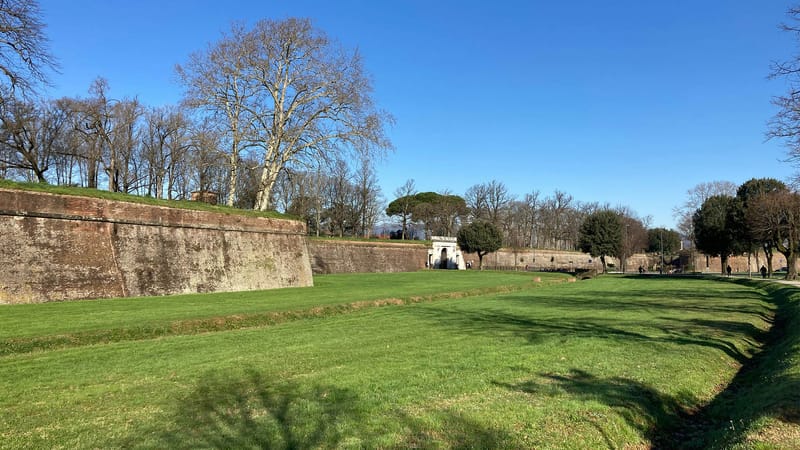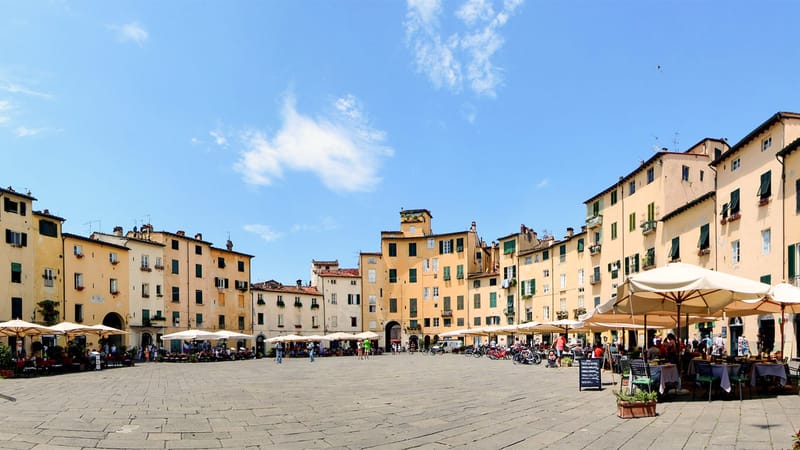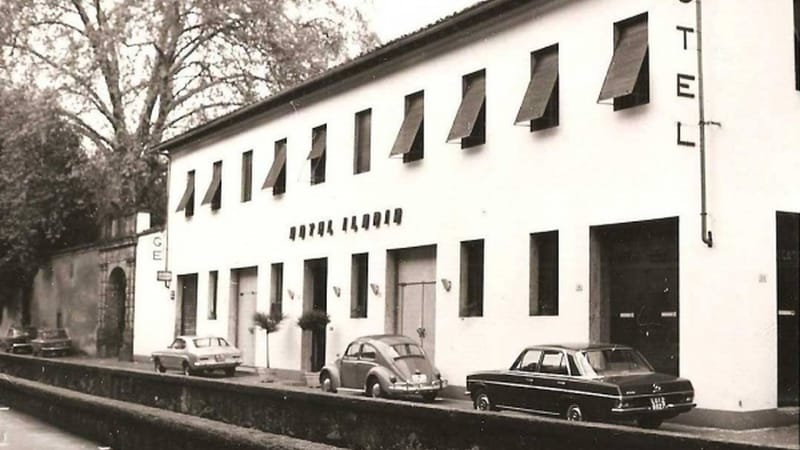
Book your stay in Lucca
The Cathedral of Lucca: An Incredible Journey into Art
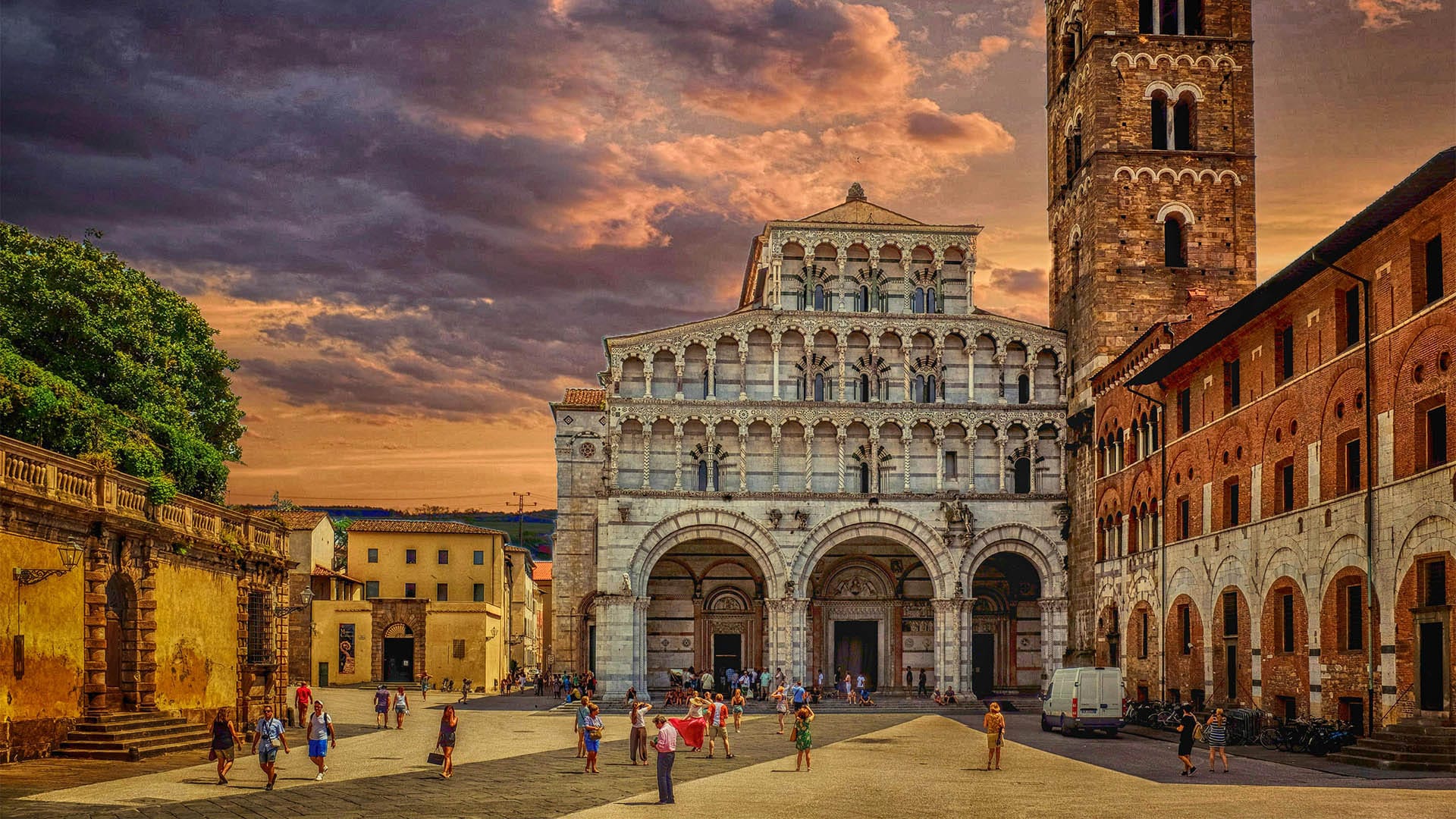
The Cathedral of Lucca is a legendary and captivating place that mesmerizes locals and tourists from all over the world with its magical ambiance.
Much more than just a church, it stands as the city's cathedral, the primary center of spiritual gathering for the religious community.
Dedicated to Saint Martin, the cathedral houses marvelous treasures such as the Volto Santo and the tomb of Ilaria del Carretto, one of the most exquisite works of Italian sculpture from the 15th century. Saint Martin, portrayed on the façade, is the patron saint of our city and converted to Christianity in 335 AD while serving as a soldier in the Roman army. After a charitable act towards a beggar, he chose to embrace the Christian faith, founded one of the earliest monasteries in Europe, and distinguished himself as an active evangelist.
The Duomo is just a short stroll from our hotel in Lucca’s historic center, and if you're staying with us, you must visit it. Read our intriguing preview and prepare to be awestruck when you discover it in person!
The Exterior of the Cathedral
The San Martino Cathedral charms at first glance: its Romanesque exterior, with the elegant portico, finely decorated arches, and doors, serves as the perfect prelude to the astonishing tour of the interior spaces. The expressive sculpture of Saint Martin on horseback on the façade recalls the episode of his conversion.
Beneath the same portico, you can admire a mysterious labyrinth carved into the stone, imbued with various meanings. For some, it represents a journey of spiritual awakening, while for the more devout, it symbolizes salvation achieved through faith. To the right of the labyrinth, a Latin inscription unveils the mystery: "This is the labyrinth built by Daedalus of Crete, from which no one could escape except Theseus with the help of Ariadne's thread." Greek mythology meets Christian spirituality in an unprecedented harmony, don't you think?
The Interior: Triumph Over Death
After admiring the Cathedral's façade, venture inside to discover the Volto Santo, the sacred heart of the cathedral. It is a large walnut crucifix housed in an octagonal chapel created by Matteo Civitali, one of the leading artists of the early Renaissance in Lucca. This unique and expressive representation of Christ has attracted numerous pilgrims to Lucca since the medieval era.
According to legend, the artifact was crafted by Nicodemus, who assisted in the burial of Jesus after the crucifixion, allowing him to capture the "true face" in his final breath of life. Christ wears a tunic and, in his open eyes, displays triumph over death.
The same triumph illuminates the tomb of Ilaria del Carretto, another masterpiece of the Cathedral, just a few steps from our historic hotel in the city center. The marble portrait of the woman appears so vital and delicate that she seems poised to awaken to life at any moment. Her husband, Paolo Guinigi, then the lord of Lucca, commissioned Jacopo della Quercia to create her likeness in 1406. The artist's skill successfully conveys a pleasant portrayal of youth and elegance (Ilaria del Carretto was only 26 years old when she died). The Gothic style of the statue seamlessly blends with the tomb's decoration, enriched by ten cheerful cherubs symbolizing hope for a new life after death.
Eager to explore the San Martino Cathedral in person? Stay at Hotel Ilaria, our hotel in the historic center of Lucca, and conveniently discover this and other city's masterpieces on foot.
